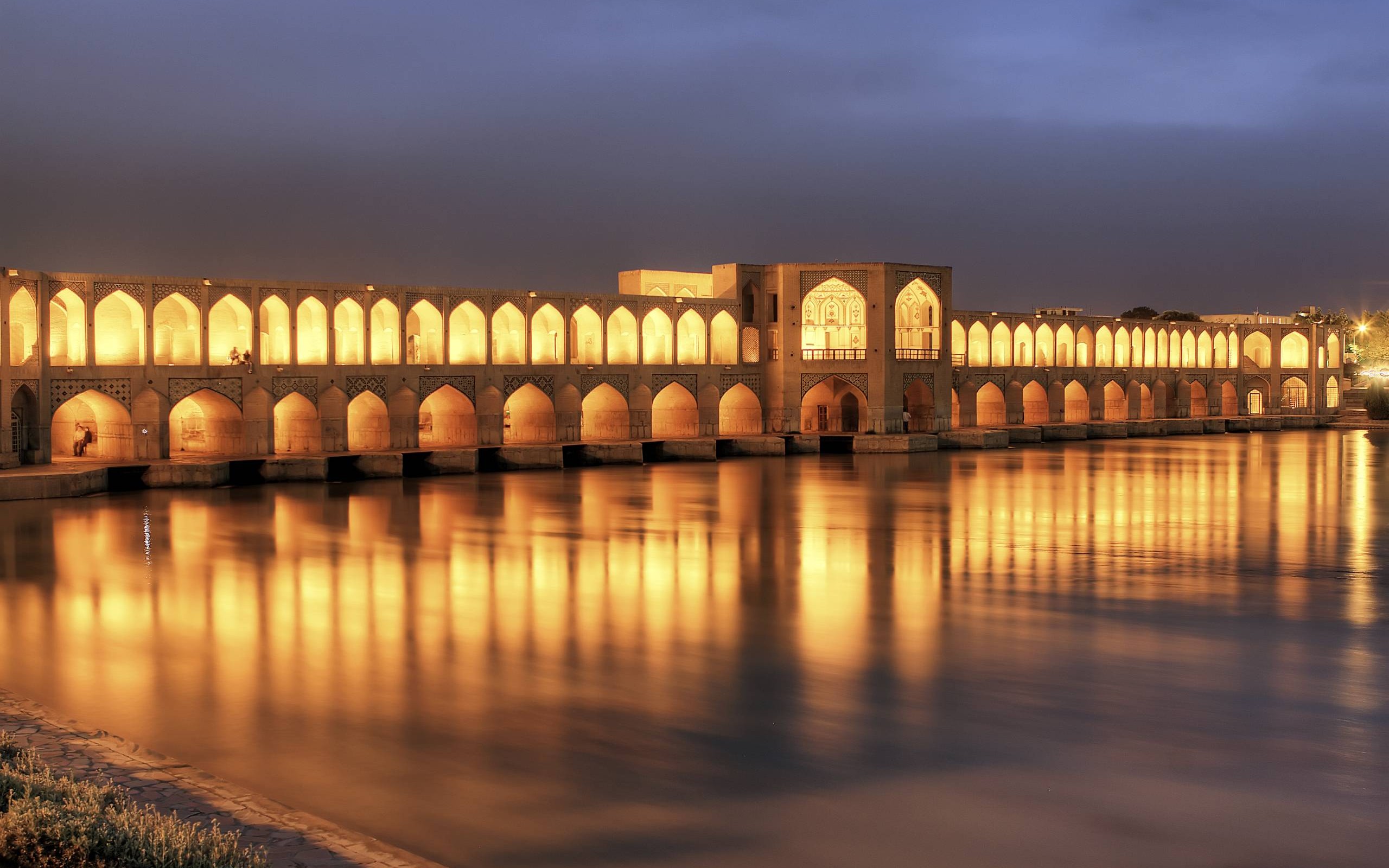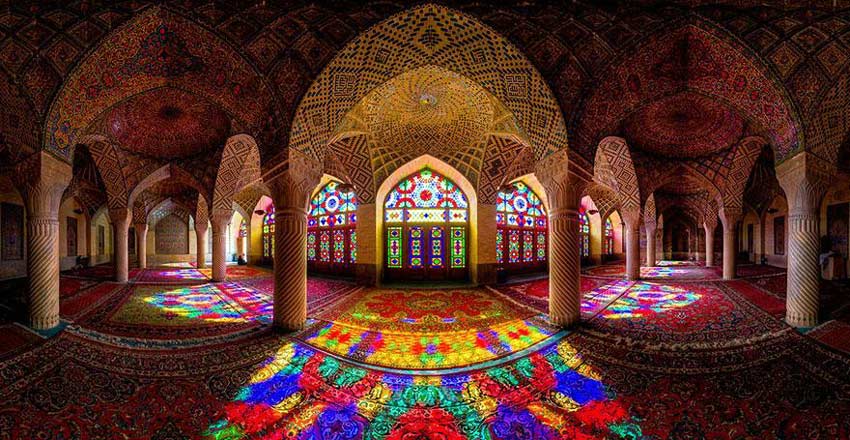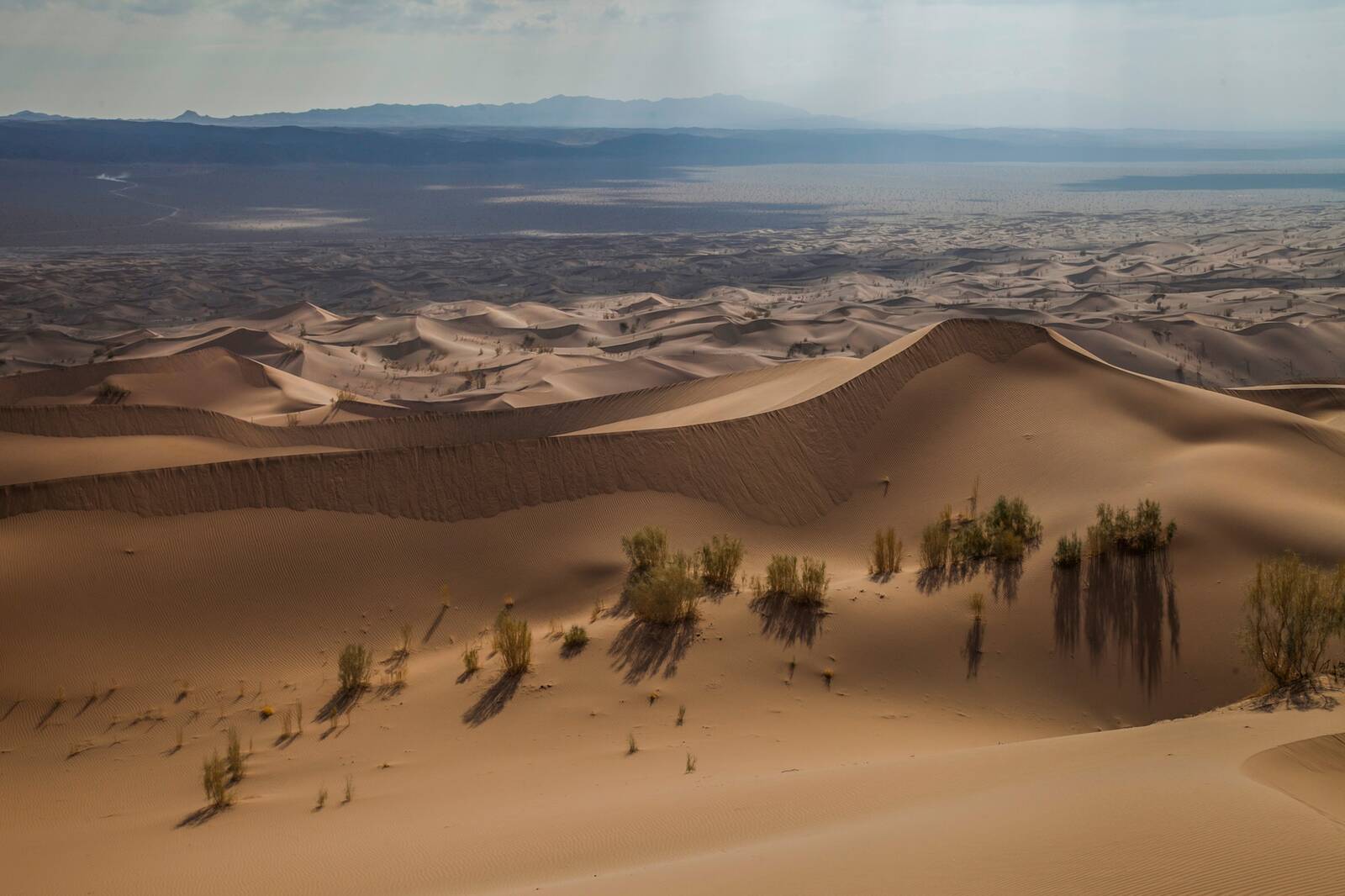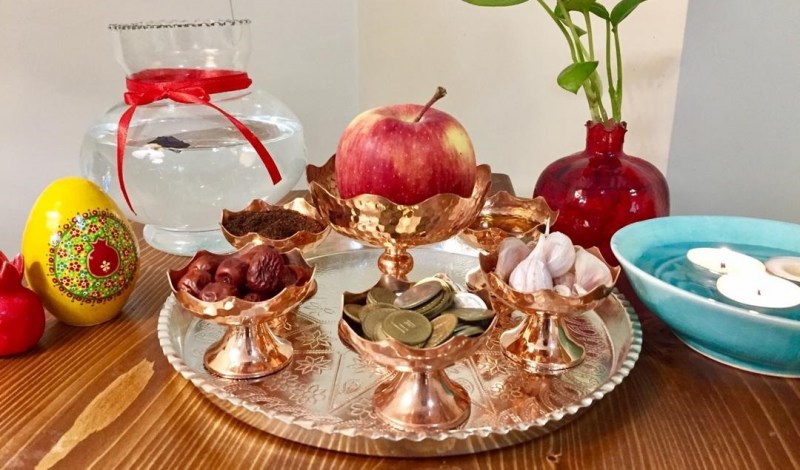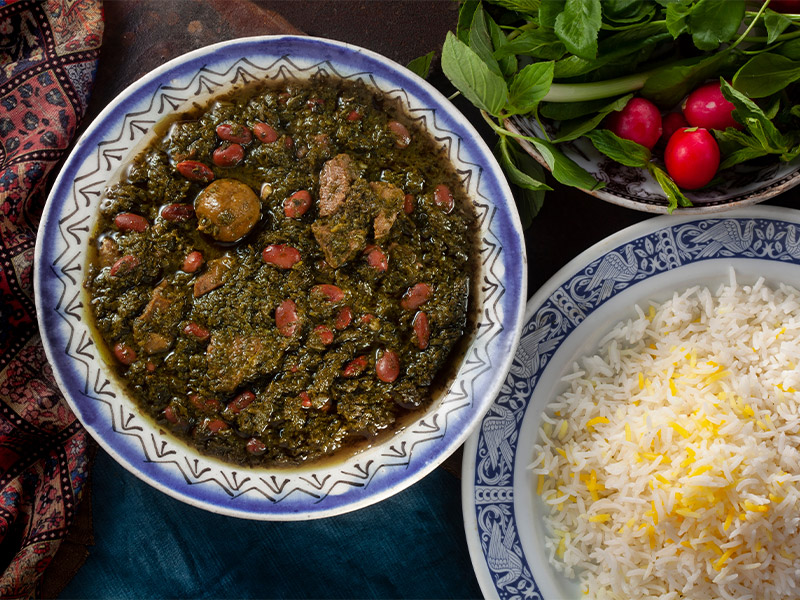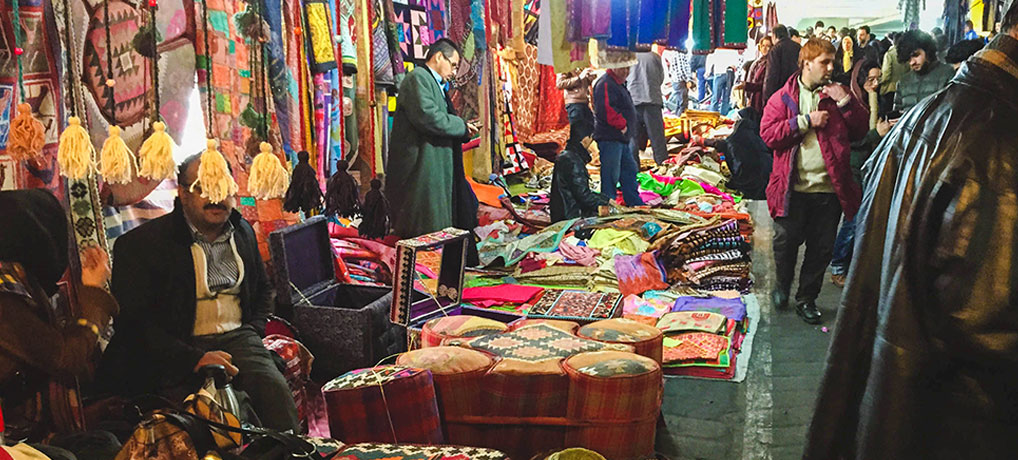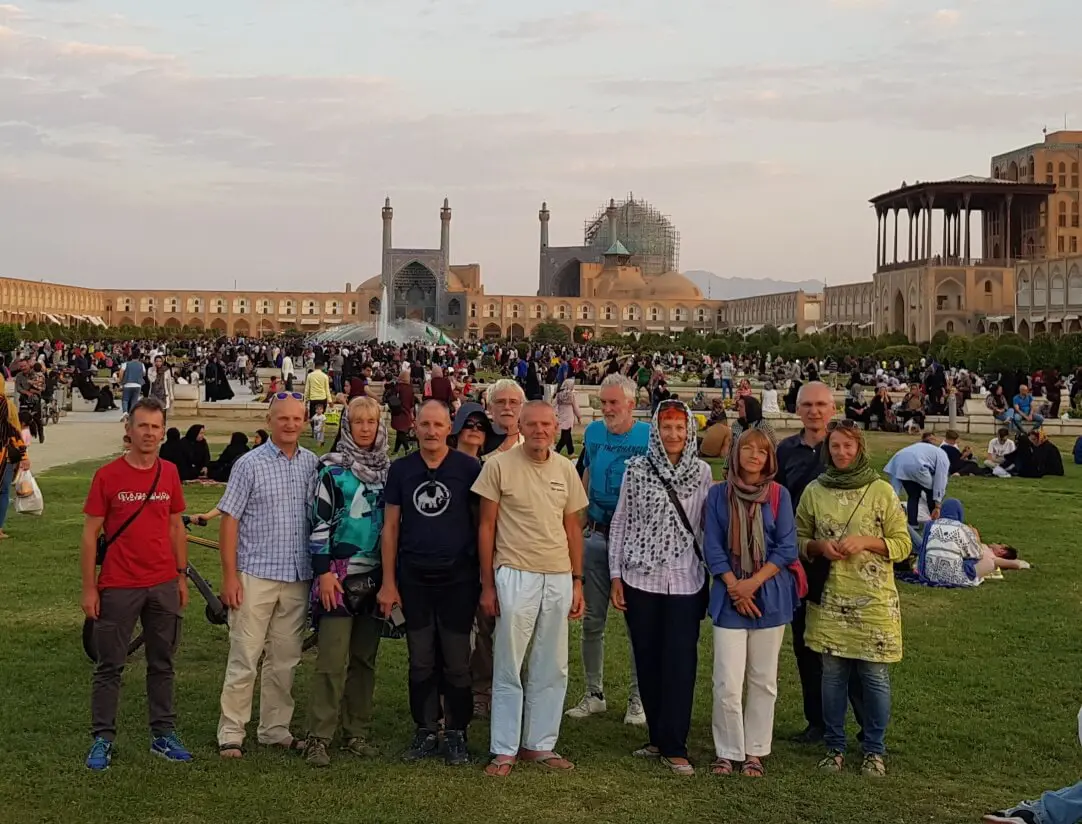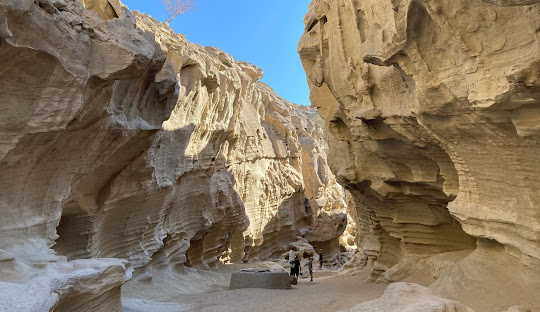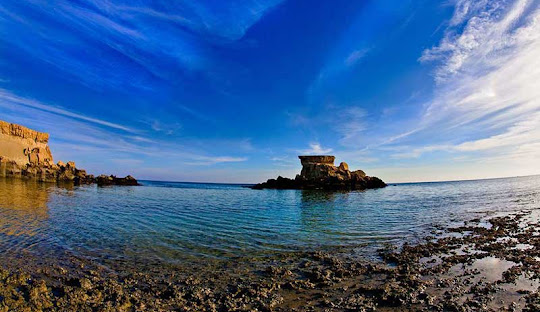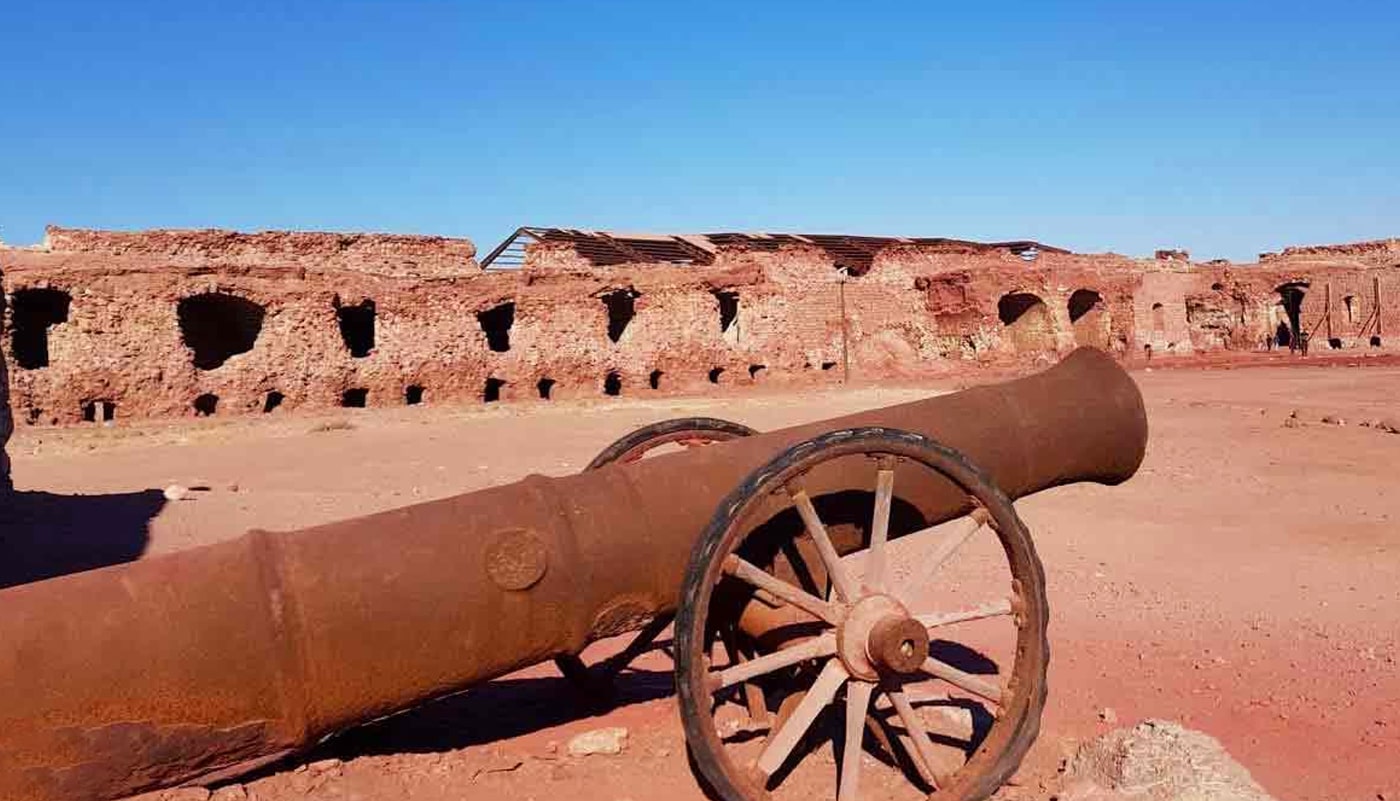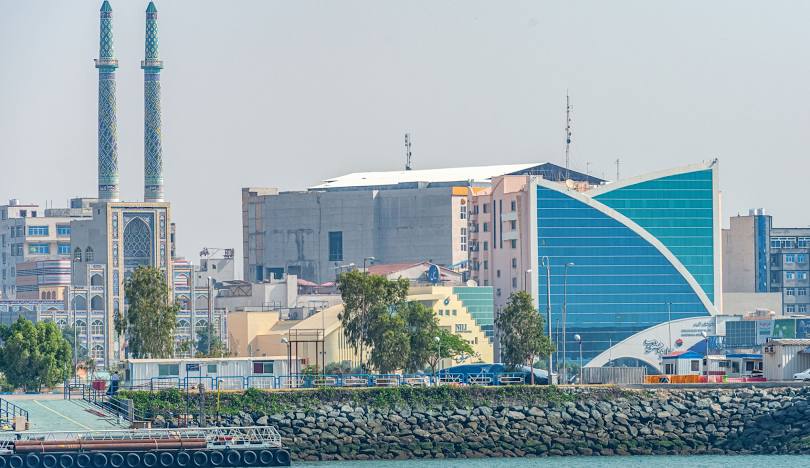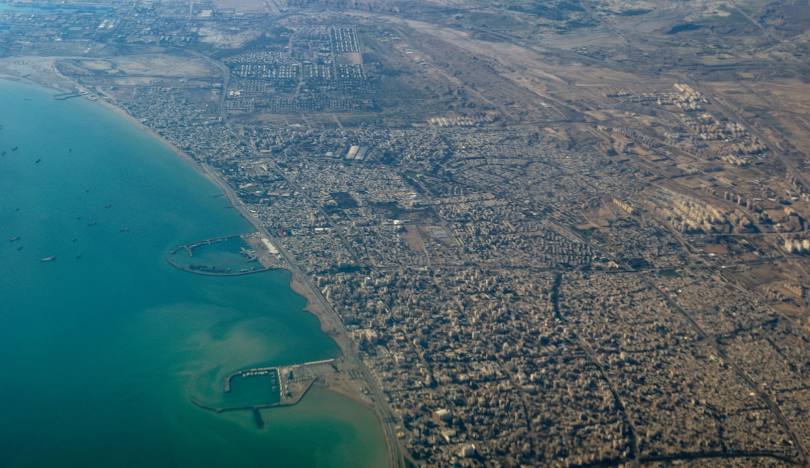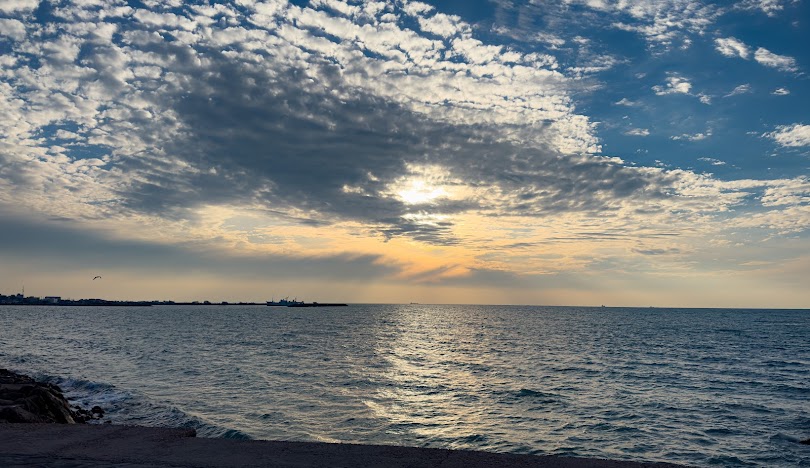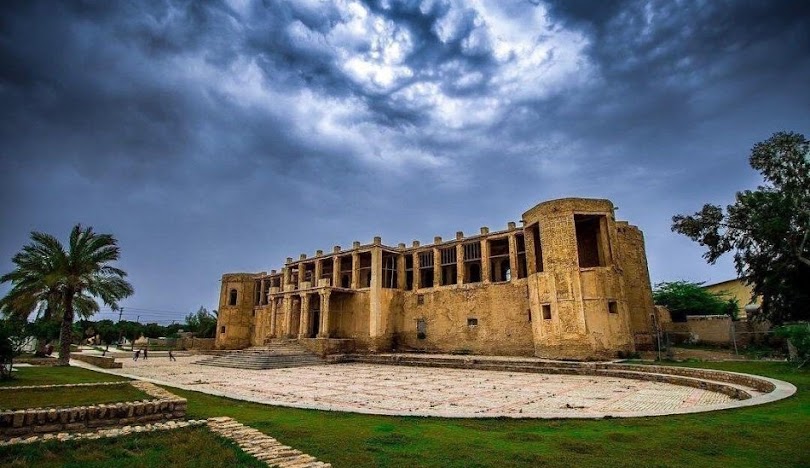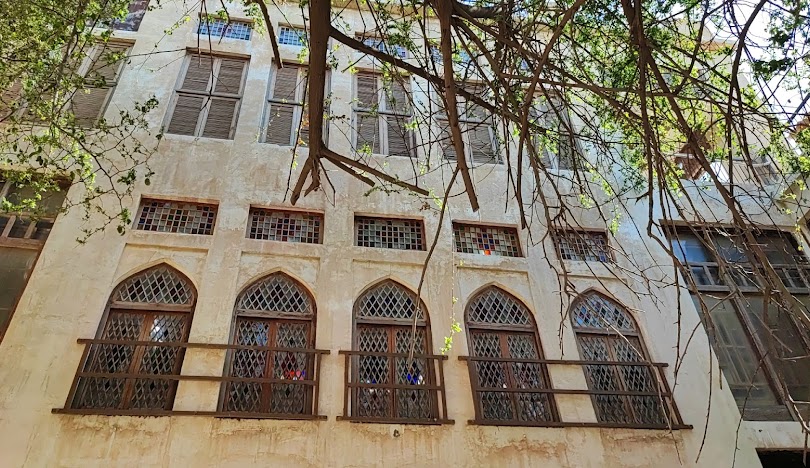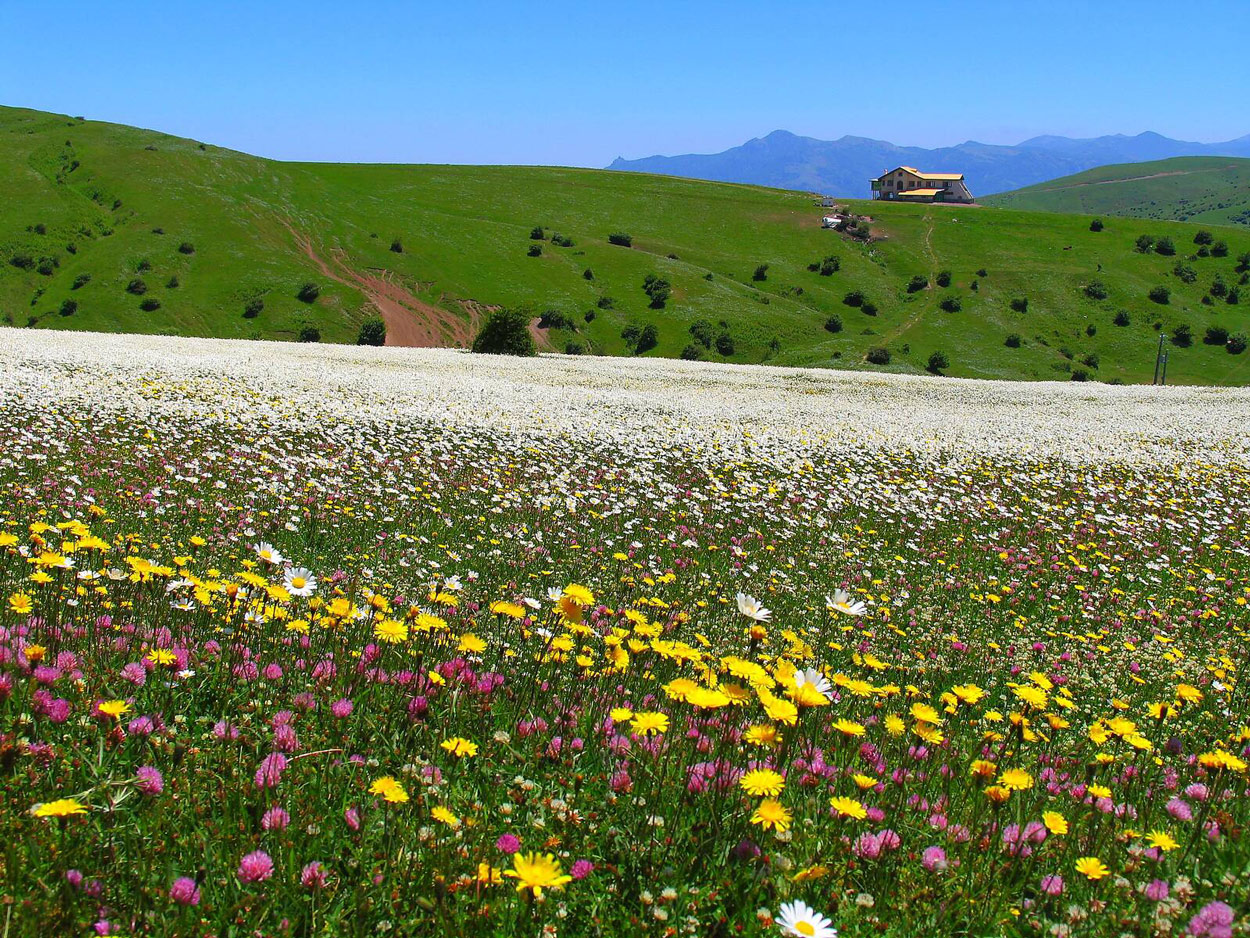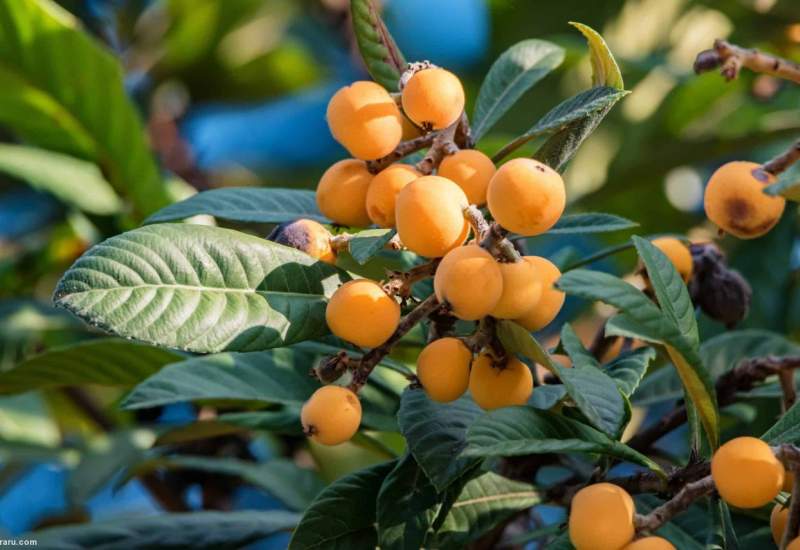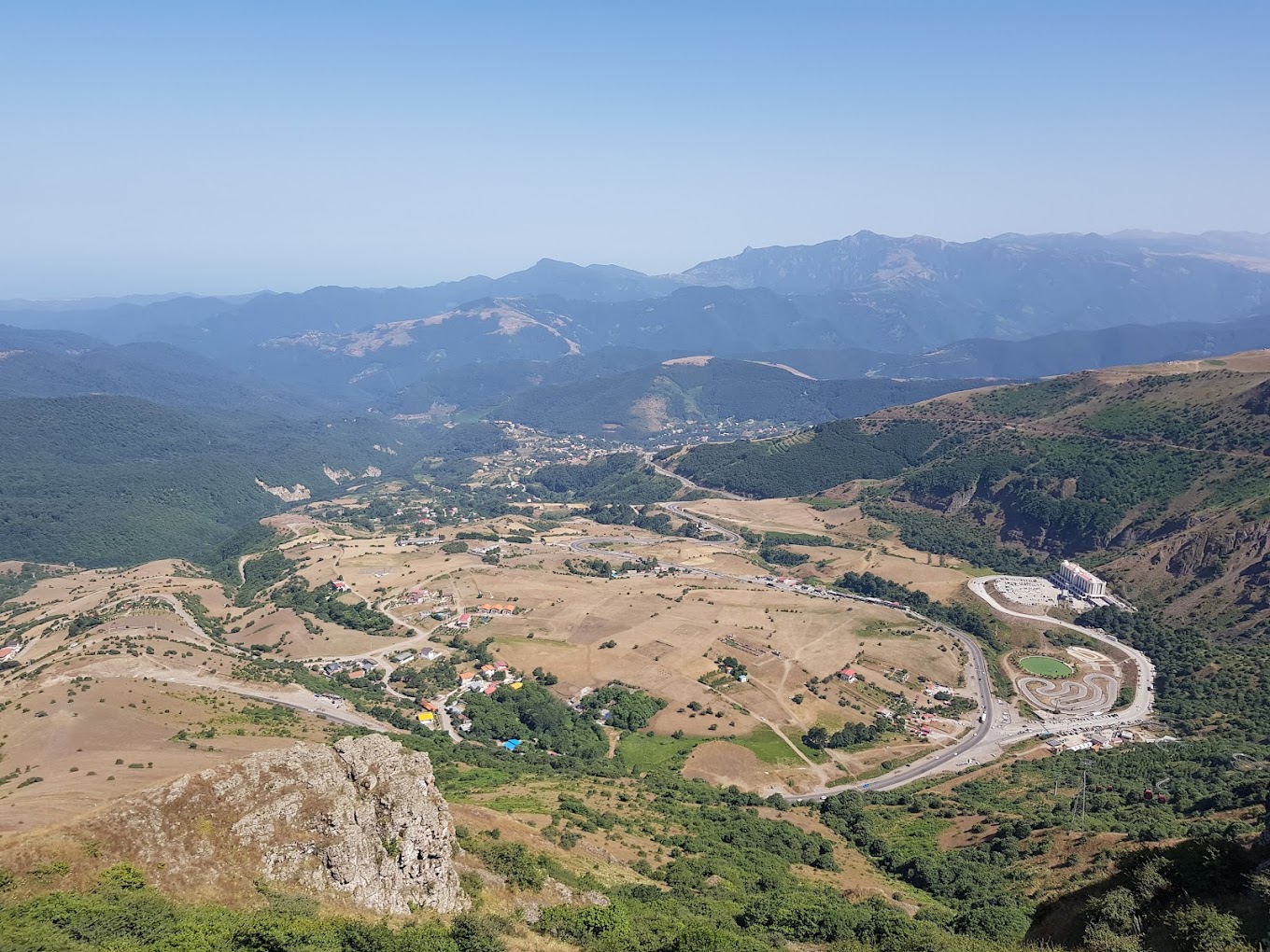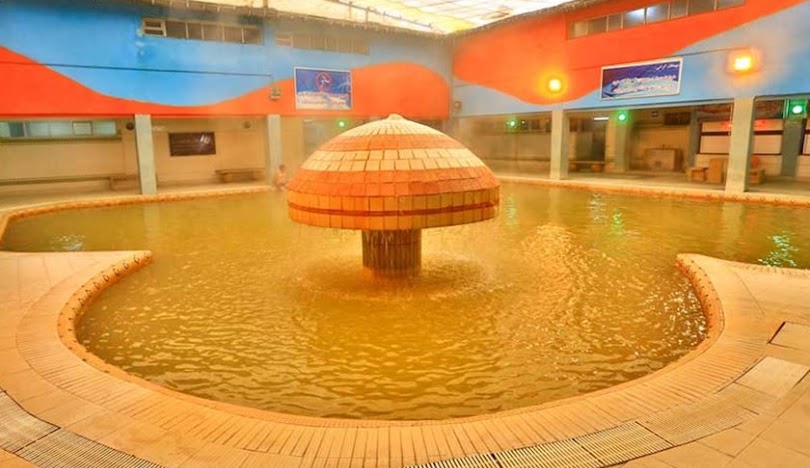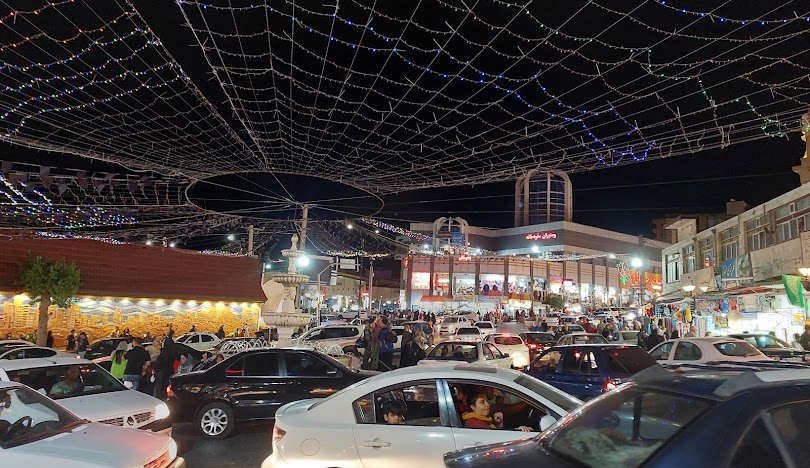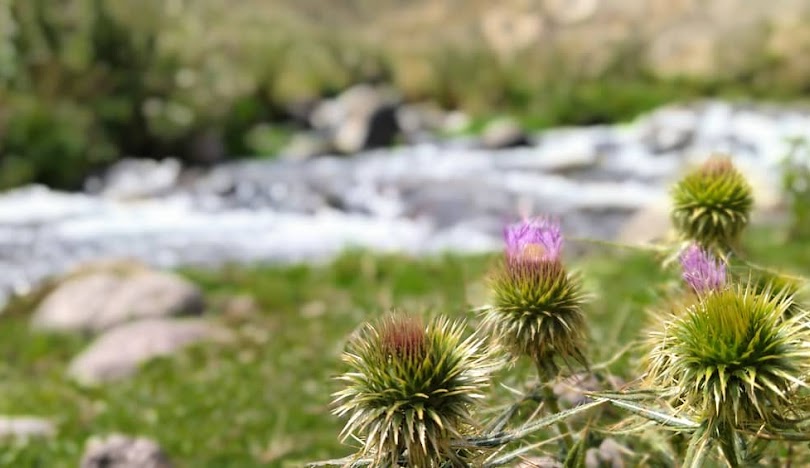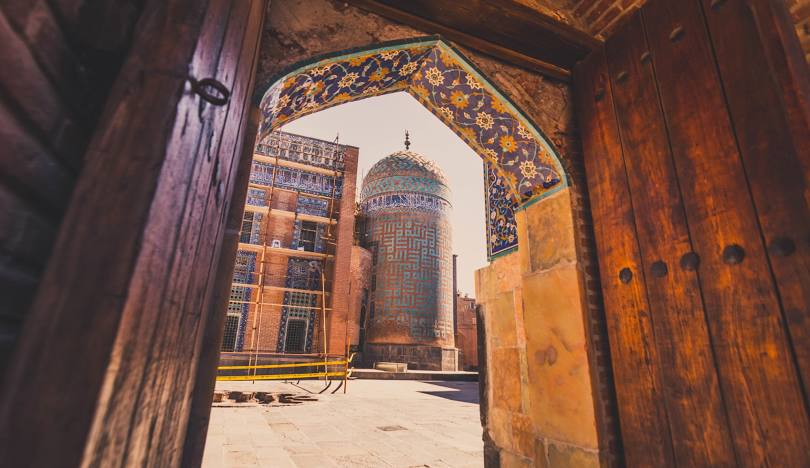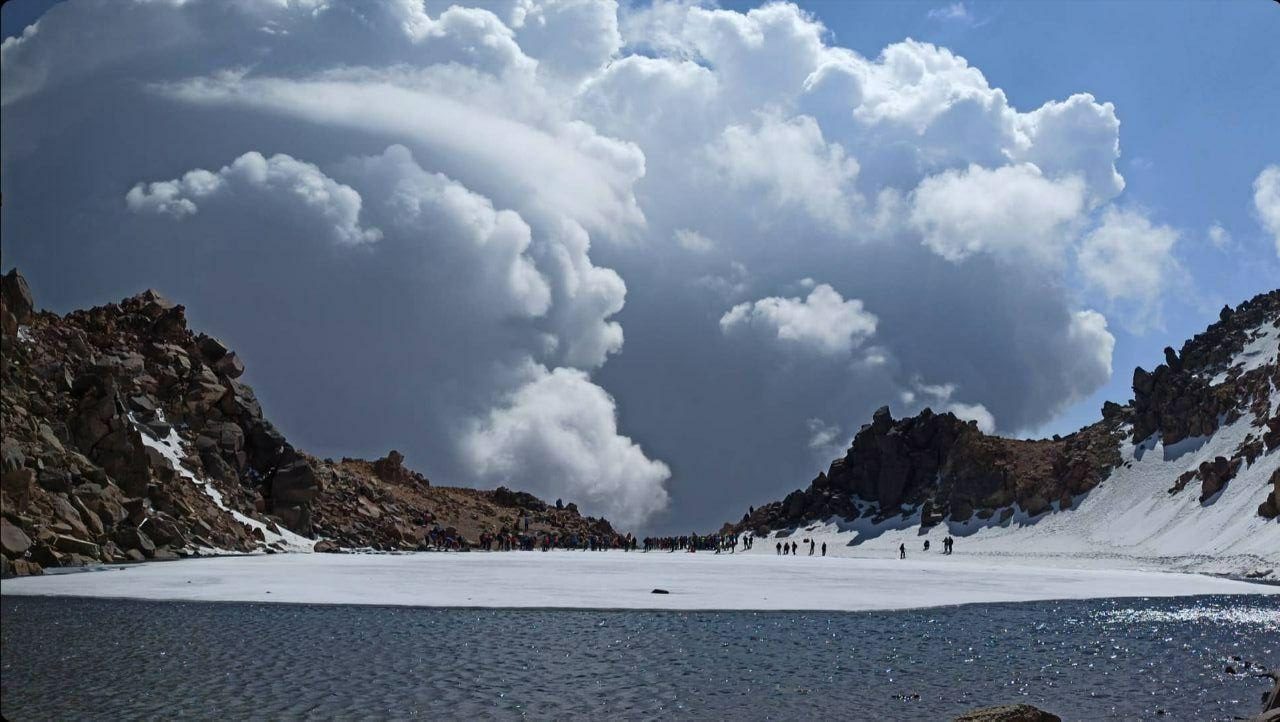Traveling to Iran with a Focus on Islamic Art and Architecture: Discovering Hidden Historical Beauties
Introduction
Iran, a country with a rich history and culture, is one of the top destinations for art, architecture, and history lovers. One of the main attractions of Iran that captivates tourists and history enthusiasts is Islamic art and architecture. This art, with its unique and mesmerizing features, is displayed throughout Iran and is considered a symbol of the magnificence of Iranian civilization. From majestic mosques to royal palaces, every corner of this country is home to masterpieces of Islamic architecture that are worth visiting.
Traveling to Iran for those passionate about art and architecture provides an opportunity to directly experience these unparalleled works of art. In this article, we will explore the most prominent Islamic architectural attractions of Iran and discuss why this art is so appealing to tourists.
Introducing Islamic Architectural Attractions in Iran
Iran, as one of the largest and most important centers of Islamic civilization, is home to some of the most beautiful and intricate Islamic architectural works. In this section, we will introduce some of the most notable Islamic architectural attractions in Iran, each telling its own fascinating story.
-
Imam Mosque and Sheikh Lotfollah Mosque in Isfahan
Isfahan, one of the most beautiful cities in Iran, is home to majestic mosques such as the Imam Mosque and Sheikh Lotfollah Mosque, which are among the primary centers of Islamic architecture in Iran. The Imam Mosque, with its large dome and exquisite tile work, is a masterpiece of Safavid architecture that beautifully combines light and color. The Sheikh Lotfollah Mosque, with its incredible interior design and wall paintings, offers a visually stunning experience for visitors.
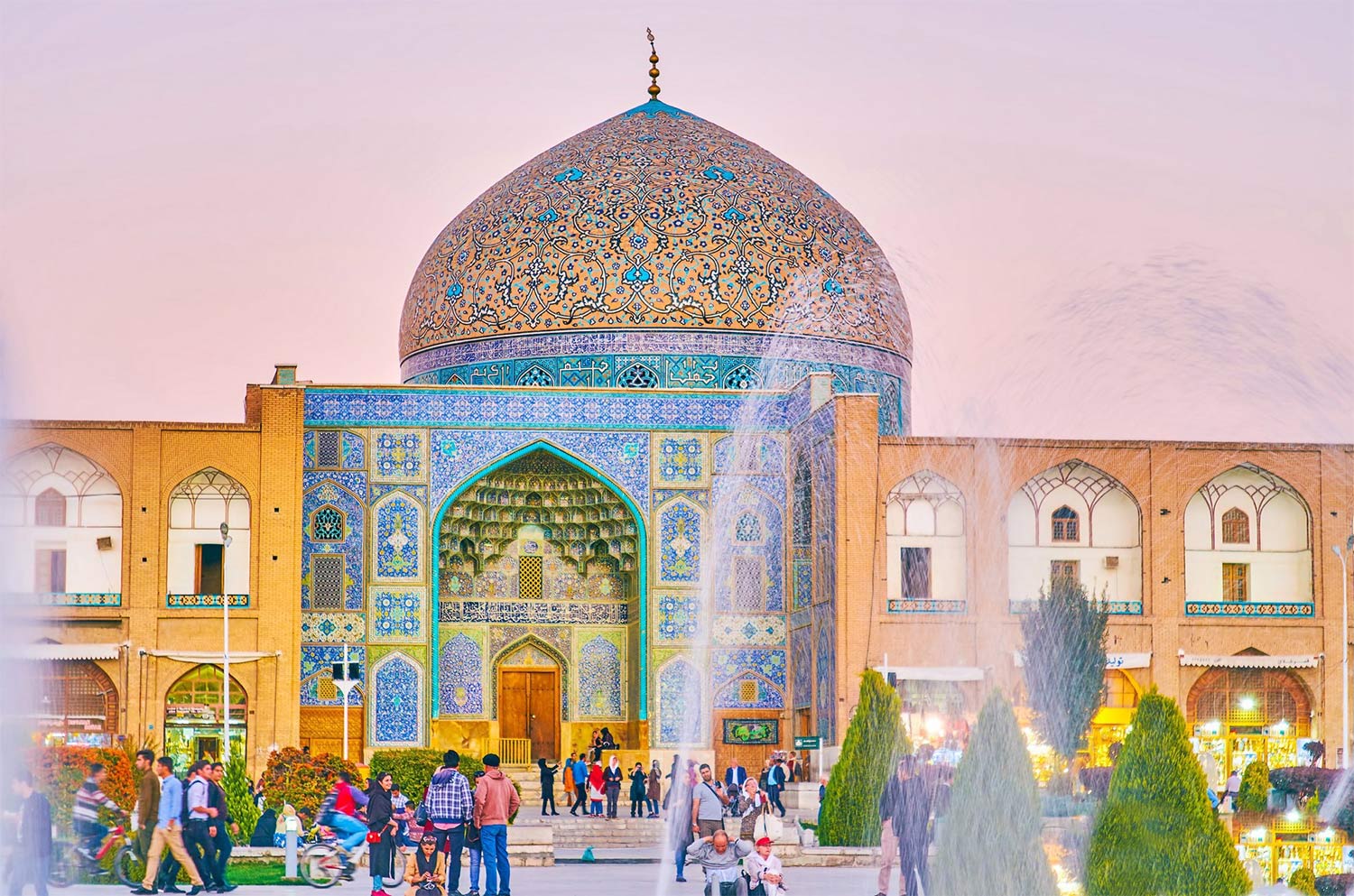
-
Jameh Mosque of Yazd
In the heart of Iran’s desert, the Jameh Mosque of Yazd, one of the oldest mosques in Iran, is a prime example of desert architecture. With its large domes and unique brickwork, this mosque harmonizes beautifully with the arid landscape of Yazd. The mosque’s walls, adorned with geometric designs and intricate wood carvings, showcase the Islamic art of Iran in a way that is both simple and majestic.
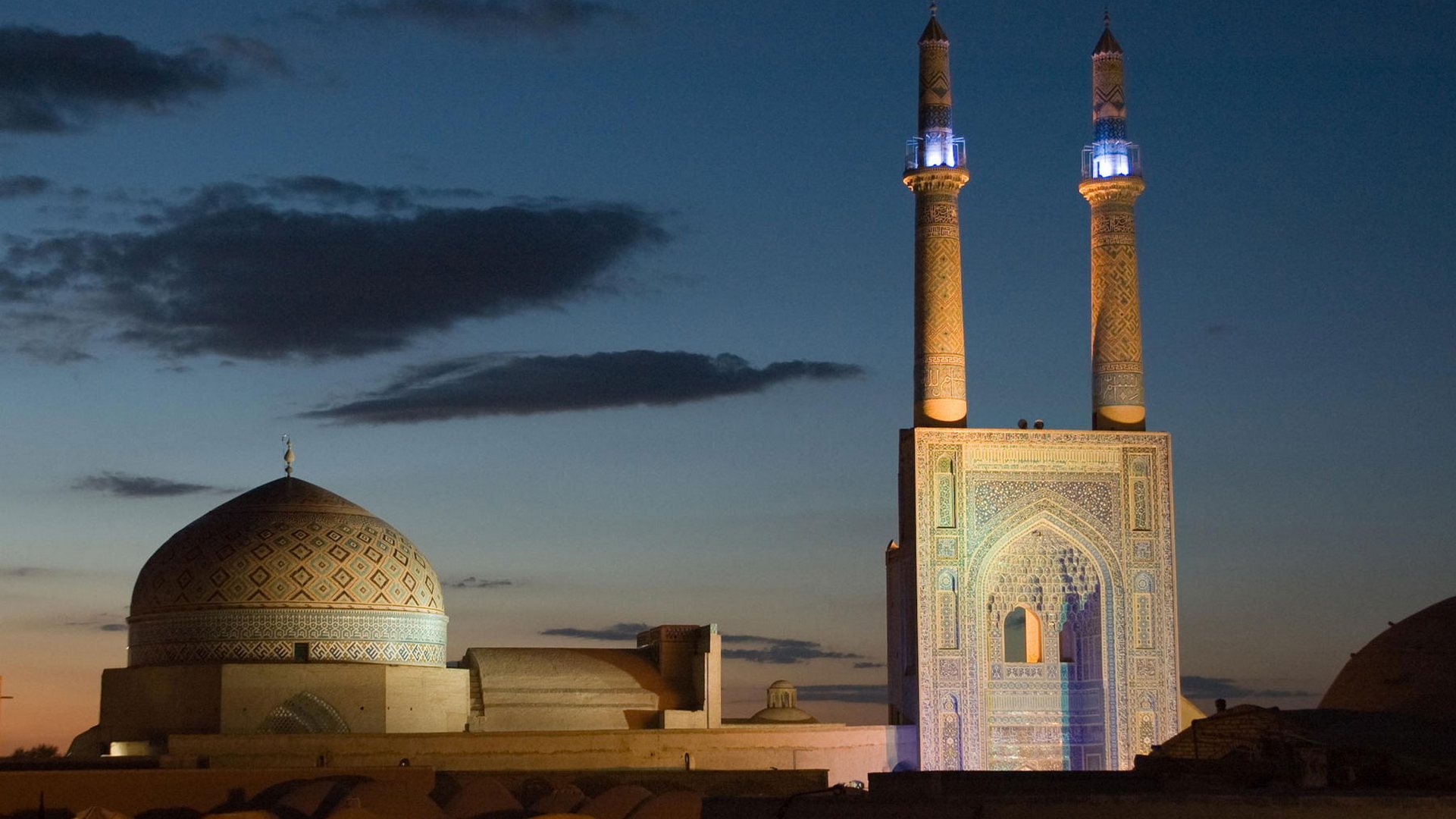
-
Soltaniyeh Dome
The Soltaniyeh Dome in Zanjan, one of the largest domes in the world, dates back to the Ilkhanid period. With its immense height and colorful tile work, this dome symbolizes the grandeur and majesty of Islamic architecture in Iran. The Soltaniyeh Dome, as a masterpiece of architecture, attracts researchers and architects worldwide.
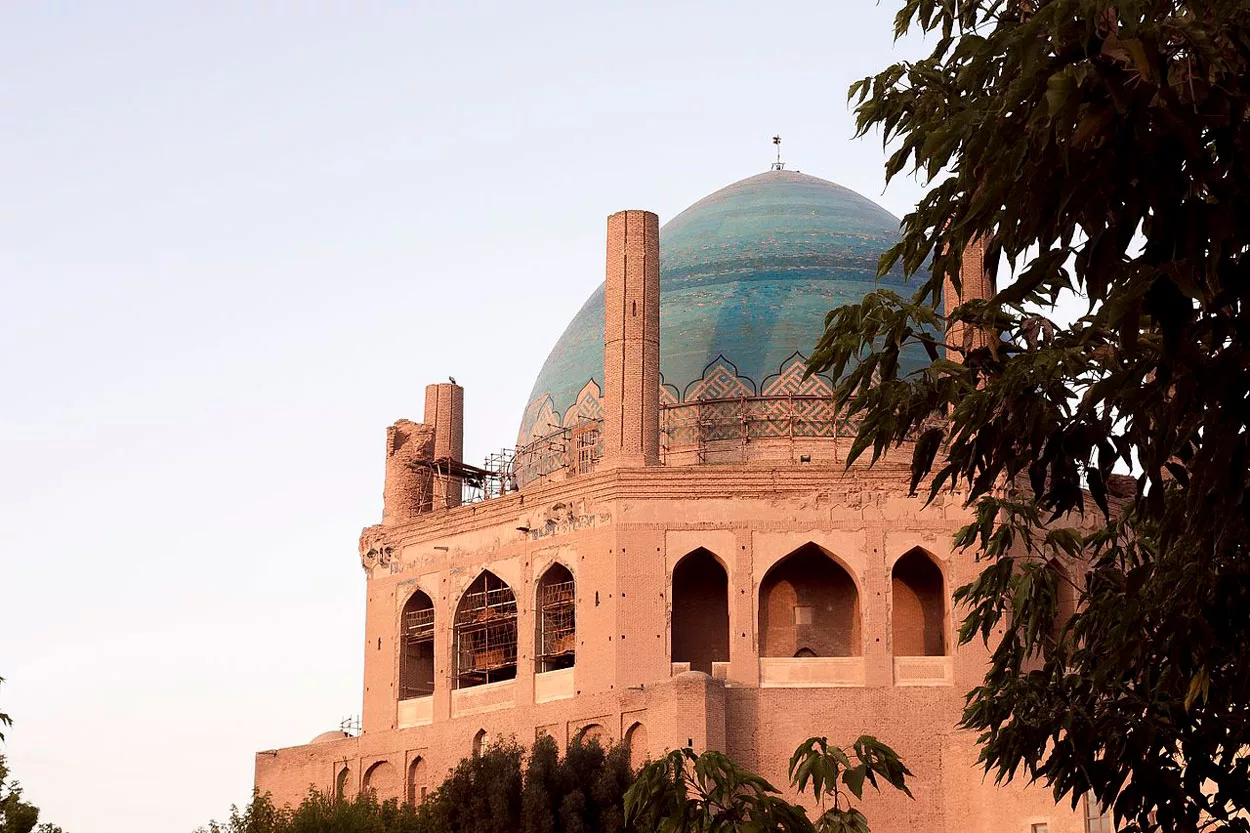
-
Golestan Palace Complex in Tehran
The Golestan Palace in Tehran is one of the most important royal complexes in Iran, renowned for its Islamic and Iranian architecture. With colorful decorations, beautiful mirror work, and Qajar-style architecture, this palace is recognized as an example of Iran’s royal art. Additionally, the Golestan Palace offers a historical insight into the Qajar period and provides an exceptional experience for those interested in Islamic art and history.
-
Tomb of Hafez and Saadi in Shiraz
The Tomb of Hafez and Tomb of Saadi in Shiraz are not only popular destinations for lovers of Persian poetry and literature but also architectural gems. These structures, with their simple yet beautiful design, showcase a perfect blend of Islamic and Iranian art. The serene courtyards, water features, and abundant flowers around the tombs create a peaceful and spiritual atmosphere for visitors.
If you want to learn more about Fars province and its attractions, click on this link.
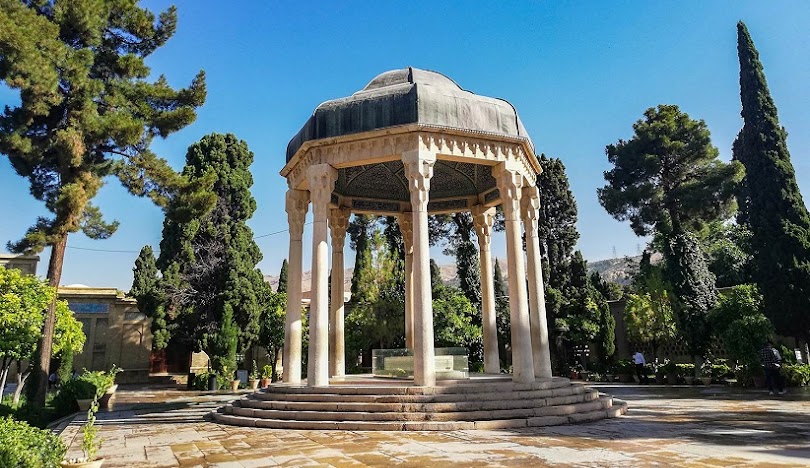
The Influence of Iranian Islamic Architecture on the World
Iranian Islamic architecture has had a profound impact on other Islamic countries and even non-Islamic regions. From Turkey to India, Iran’s architectural works have inspired many architects and artists. One of the unique features of Iranian architecture is the use of precise geometric principles and intricate designs, which can be seen in many historical buildings across the country.
For example, Iranian architecture has had a noticeable influence on structures such as the Blue Mosque in Istanbul, Turkey, and the Taj Mahal in India. This cultural exchange not only highlights Iran’s artistic prowess but also demonstrates the historical connections between Islamic civilizations.
Why is Traveling to Iran Essential for Art and Architecture Enthusiasts?
-
An Unmatched Experience of Viewing Artistic and Architectural Details
Iran, with its unparalleled Islamic architecture, offers art and architecture enthusiasts the chance to view stunning artistic details and intricate designs up close. From complex tile work to beautiful wood carvings, Iran is a treasure trove of artistic heritage for lovers of architecture.
-
The Opportunity to Visit Lesser-Known Historical Sites
Beyond the famous attractions, Iran is home to lesser-known architectural sites that provide a unique experience for tourists. These sites, particularly in smaller cities and villages, offer a mysterious and captivating display of Iranian architectural beauty.
-
An Opportunity to Learn and Be Inspired by Islamic Art and Architecture
Iran, with its long history, has been a center for learning and inspiration for many architects and artists around the world. Tourists visiting Iran can gain a deeper understanding of the influence of Islamic architecture on the world and draw inspiration from this rich heritage.
Conclusion
Iran, as one of the largest centers of Islamic civilization, is home to unparalleled architectural works that speak to the country’s rich cultural and artistic heritage. Traveling to Iran offers art and architecture enthusiasts a chance to explore these incredible works of art up close. From majestic mosques to enormous domes and royal palaces, Iran is filled with attractions that tell their own unique stories.
If you are passionate about art and Islamic architecture, Iran is a destination you should not miss. The country offers a wealth of beauty and history that will captivate anyone interested in exploring the wonders of Islamic art.

